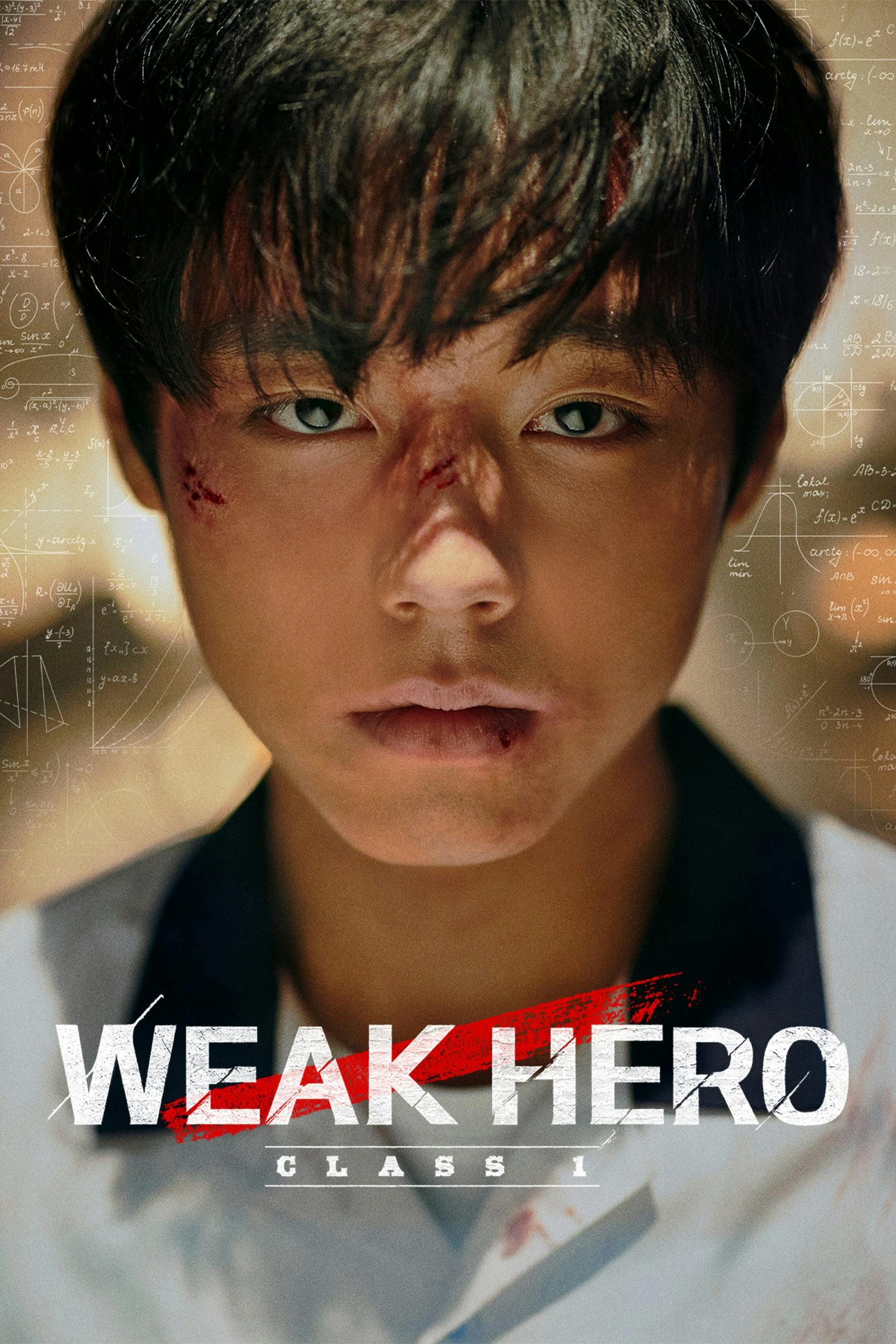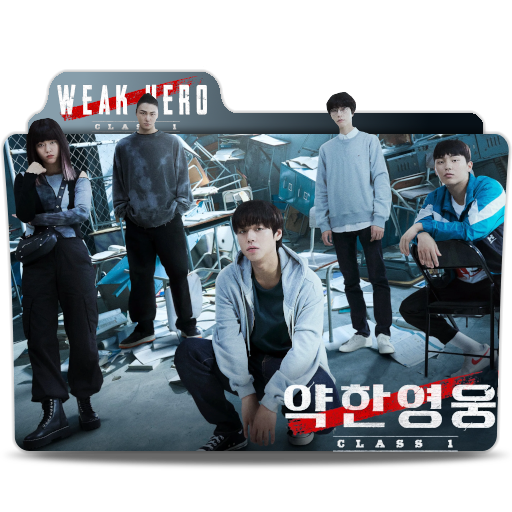Weak Hero Class 1
A tragic song of youth that fights violence with violence: Why did the Korean drama "Weak Heroes" become so popular?

In 2022, a Korean drama titled *Weak Hero Class 1* burst onto the scene, quickly sparking widespread discussion among global audiences. With its intense action sequences, complex portrayal of human nature, and profound reflection on school bullying, the series became a phenomenon. Boasting a high rating of 8.7 on Douban, topping popularity charts across multiple platforms, and stirring controversy with its “violence against violence” theme, it has emerged as one of the most iconic school dramas in recent years. Adapted from a webtoon of the same name, what exactly makes this series so compelling? Let’s take a closer look.

**Deep Dive into the Theme:
The Paradox of Fighting Violence with Violence and the Wounds of Society**
1. **School Bullying: A War with No Winners**
In the series, the roles of bully and victim constantly shift, with violence escalating like a snowball. While Yeon Si-eun’s revenge may feel satisfying in the moment, the bloodstained school uniform in the end underscores the ultimate failure of “fighting violence with violence.”
2. **The Collective Absence of the Adult World**
Teachers and parents are virtually invisible in the show, symbolizing society’s neglect of adolescents’ psychological struggles. Oh Beom-seok’s adoptive father treats him as a political tool, Soo-ho’s grandmother is powerless to protect her grandson, and Yeon Si-eun’s mother is largely absent—this lack of family support directly fuels the cycle of violence.
**3. The Shattering of a Friendship Utopia**
The trio’s falling out stems from a fundamental misunderstanding of what it means to belong. Beom-seok craves social acceptance, mistaking mutual follows on Instagram and group selfies as the essence of friendship. Meanwhile, Soo-ho and Si-eun’s lone-wolf personalities were never capable of fulfilling his emotional needs. This nuanced psychological portrayal had viewers exclaiming, “It’s painfully real.”
**Production Highlights: Innovation in Violent Aesthetics and Social Commentary**
* **Action Design:** Everyday objects are weaponized—like pens and shoelaces—cleverly aligning with the student setting while reinforcing the symbolism of “the weak fighting back.”
* **Visual and Audio Language:** Cold-toned visuals, rapid editing, and slow-motion violence scenes create a tension-filled contrast between repression and explosion.
* **Social Commentary Roots:** Director Yoo Soo-min, an award-winner at short film festivals, along with a writing team that includes creatives from *D.P.: Deserter Pursuit*, continues the sharp critique of South Korea’s social structure.
Conclusion: At the End of Violence Lies Reflection
Weak Hero Class 1 doesn’t offer a definitive solution to school bullying, but through blood and tears, it poses a powerful question to every viewer: When the law and education fall silent, who will protect the youth? If you haven’t yet watched this series, consider tuning in on Wavve or iQIYI International to experience this raw and gripping portrayal of “painful youth.”